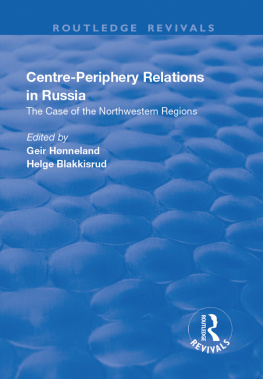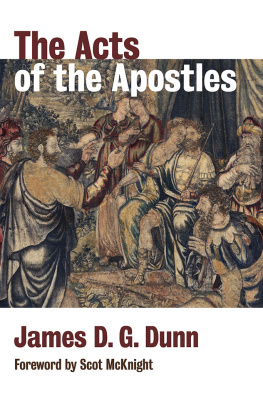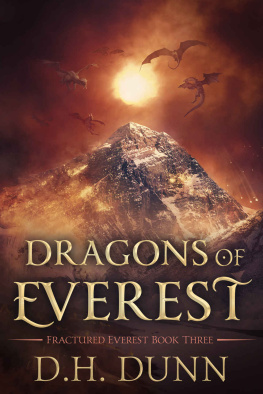First published 1991 by Westview Press
Published 2018 by Routledge
52 Vanderbilt Avenue, New York, NY 10017
2 Park Square, Milton Park, Abingdon, Oxon OX14 4RN
Routledge is an imprint of the Taylor & Francis Group, an informa business
The cover illustration is a photograph of a Roman coin bearing the likeness of Vercingetorix, a chieftain who united the Gauls in resistance to Caesar, reproduced from Jack Holland and John Monroe, The Order of Rome (Boston, MA: Boston Publishing Company, 1986), p. 41, by kind permission of the publisher.
Copyright 1991 by Taylor & Francis
All rights reserved. No part of this book may be reprinted or reproduced or utilised in any form or by any electronic, mechanical, or other means, now known or hereafter invented, including photocopying and recording, or in any information storage or retrieval system, without permission in writing from the publishers.
Notice:
Product or corporate names may be trademarks or registered trademarks, and are used only for identification and explanation without intent to infringe.
Library of Congress Cataloging-in-Publication Data
Core/periphery relations in precapitalist worlds / edited by
Christopher Chase-Dunn and Thomas D. Hall.
p. cm.
Includes bibliographical references and index.
ISBN 0-8133-7951-2
1. Economic history. 2. Economics, Prehistoric. 3. Economic
anthropology. 4. Dependency. I. Chase-Dunn, Christopher K.
II. Hall, Thomas D.
HC21.C649 1991
330.93dc20
89-48383
CIP
ISBN 13: 978-0-367-01480-3 (hbk)
In discussing how we would preface this collection we decided that describing how we became interested in seemingly arcane topics like prehistoric trade and ancient empires would be a good start. We reasoned that a narrative of how our interests shifted to such topics might entice other social scientists to join in our venture. We share values common to all students of social change: curiosity about how the world came to be as it is, what forces and processes keep it that way, and what -- if anything -- might help change it for the better. We were both attracted to, and have become active researchers and writers in, the world-system perspective. Our paths to this common meeting point were distinct, but once crossed they have become increasingly intertwined.
Chase-Dunn began his academic career as a quantitoid sociologist performing crossnational research to test propositions about the effects of international economic dependence in the post-World War II world-system. His encounter with the world-systems perspective led to an effort to formulate an explicit theory of the structures and processes of the modern world-system, which was published as Global Formation: Structures of the World-Economy in 1989. In 1986, as he was completing the last chapter of Global Formation, Chase-Dunn tried to confront the problem of transformation -- how the contemporary world-system might change its fundamental logic. His earlier work on a world-systems interpretation of the emergence and reintegration of the socialist states led to some tentative conclusions, but he realized that the scientific basis for understanding the transformation problem would be found in the comparison of instances in which whole world-systems had undergone transformations of their basic logics in the past. The provocative essay by Ekholm and Friedman, "'Capital' imperialism and exploitation in the ancient world-systems" ( Review 6, 1, Summer 1982), stimulated him to write a 140-page manuscript entitled Rise and Demise: The Transformation of World-Systems, which proposed a working typology to determine similarities and differences between stateless, state-based, and capitalist world-systems. Though this manuscript was circulated among colleagues and is cited in some of the chapters in this collection, its preliminary nature has delayed publication. Chase-Dunn and Hall plan to rework and redesign this into a comprehensive introduction to the comparative study of world-systems.
Hall came to world-system theory as a refugee from the "my village separate from the world" school of anthropology. As is typical of graduate student tyros, he did not appreciate that this was a dying tradition. Working on the Navajo Nation in the early seventies pushed Hall into sociology from anthropology and primed him to appreciate world-system theory's promise, if not its delivery, of a globally and historically connected approach to the study of society and change. Many years of study, rumination, a dissertation, and more rewriting than anyone likes to admit, led to Social Change in the Southwest, 1350-1880.
Two of that book's major themes are germane to this collection: the reconceptualization of incorporation as something that starts much earlier, and is more profound, than Wallerstein used to recognize and a comparative strategy that examined the impacts of Mesoamerica (albeit briefly), Spain, Mexico, and the United States on ethnic relations and group formation in what became the U.S. Southwest. That comparative strategy was groping toward examining both how the "modern world-system" evolved and how it differed from earlier, precapitalist world-systems. A subsidiary interest developed along the way: How were the nomad/sedentary relations Hall was studying in Hispanic New Mexico similar to, and different from, those that occurred elsewhere in the world, especially on the fringes of China?
Hall and Chase-Dunn crossed paths for the first time on a BART train from Berkeley to San Francisco in the process of getting from cheap digs to the 1982 American Sociological Association (ASA) meetings. Over the years we found an increasing convergence of interests and began to work together. We co-organized an ASA round table discussion on "Comparing World-Systems" in 1986, and then a series of panels and papers at the 1988, 1989, and 1990 annual meetings of the International Society for the Comparative Study of Civilizations (ISCSC).
After organizing the 1989 ISCSC panels we began to think about putting some of the papers together in a collection. Meanwhile, Social Change . The discussion of California Indians has been postponed until more research can be completed, and Rise and Demise has become a joint, bigger -- and we hope better -- project.
Meanwhile, the Braudel Center's journal, Review, has published a somewhat different and considerably longer piece by Andre Gunder Frank and a series of articles thinking about where world-system theory has been and where it might be going ( Review 13, 2, Spring 1990). A good deal of the emerging discussion and debate is contained in the following pages. These circumstances present a reader who is just coming upon these issues with a few obstacles. First, and foremost, almost nobody has staked out permanent positions. Rather, nearly everyone's thinking and research is evolving (dare we use that word?) fairly quickly. Second, new parties have joined in these debates (e.g. Wilkinson, Feinman and Nicholas, Peregrine) from very different theoretical, disciplinary, and substantive backgrounds and hence with somewhat different vocabularies or, even more troubling, the same vocabularies with different meanings. So far, we have succeeded in talking to, rather than past, each other, but not without a lot of backtracking to define terms and usages. Finally, the attempt to study world-systems comparatively has led many of us into new research areas and new literatures. This has been exhilarating and frightening as we explore new territories, learning who's who, what's what, and which way is up all over again. We hope that this collection will provoke and inspire others to join us.











